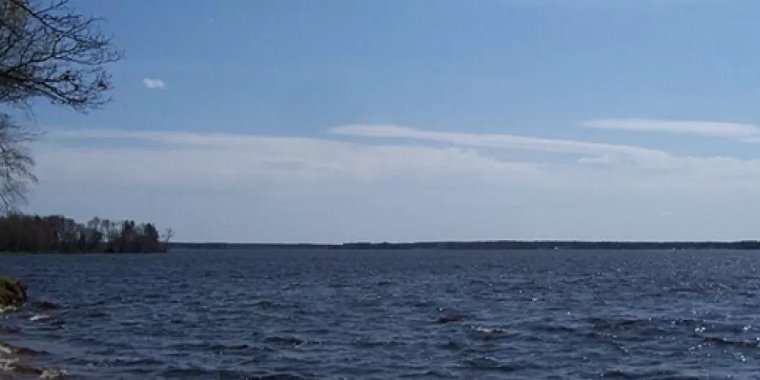| News / World News |
Mapping methane emissions from rivers around globe reveals surprising sources
Freshwater ecosystems account for half of global emissions of methane, a potent greenhouse gas that contributes to global warming.

A study found that the amount of methane from streams and rivers is primarily controlled by the surrounding habitat. Photo: Royalbroil
Rivers and streams, especially, are thought to emit a substantial amount of that methane, but the rates and patterns of these emissions at global scales remain largely undocumented.
Now, researchers, including University of Wisconsin-Madison freshwater ecologists, have changed that with a new description of the global rates, patterns and drivers of methane emissions from running waters. The study was conducted in part at the NSF North Temperate Lakes Long-Term Ecological Research site.
The findings will improve methane estimates and models of climate change, and point to land management changes and restoration opportunities that can reduce the amount of methane escaping into the atmosphere.
The study confirms that rivers and streams do, indeed, produce a lot of methane and play a major role in climate change. But the study also reveals some surprising results about how — and where — that methane is produced.
"We expected to find the highest methane emissions in the tropics, because the biological production of methane is very sensitive to temperature," says Emily Stanley of UW-Madison, a co-author of the paper. Instead, she says, the team found that methane emissions in the tropics were comparable to those in the much colder streams and rivers of boreal forests — pine-dominant forests that stretch around the Northern Hemisphere — and Arctic tundra habitats.
Temperature, it turns out, isn't the primary variable driving aquatic methane emissions. Instead, the scientists found, "the amount of methane coming from streams and rivers regardless of their latitude or temperature was primarily controlled by the surrounding habitat," Stanley says.
Rivers and streams in boreal forests and polar regions at high latitudes are often tied to peatlands and wetlands, while the dense forests of the Amazon and Congo River basins also supply the waters running through them with soils rich in organic matter. Both systems produce substantial amounts of methane.
However, not all high methane rivers and streams come by these emissions naturally. In parts of the world, freshwater methane emissions are primarily controlled by human activity in both urban and rural communities.
Habitats that have been highly modified by humans — such as ditched streams draining agricultural fields, rivers below wastewater treatment plants, or concrete stormwater canals — also often result in the organic-matter-rich, oxygen-poor conditions that promote high methane production. (U.S. National Science Foundation)
YOU MAY ALSO LIKE





